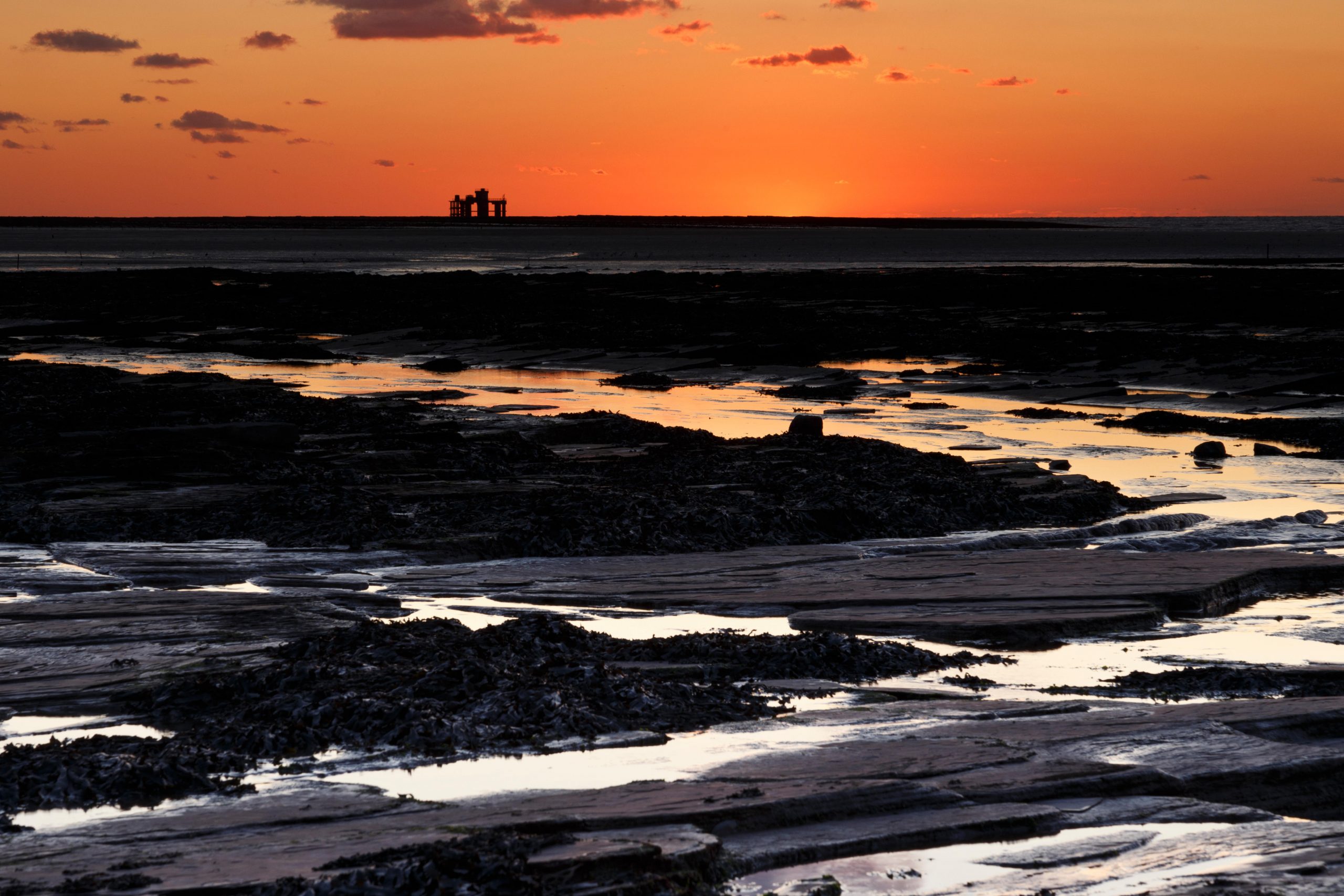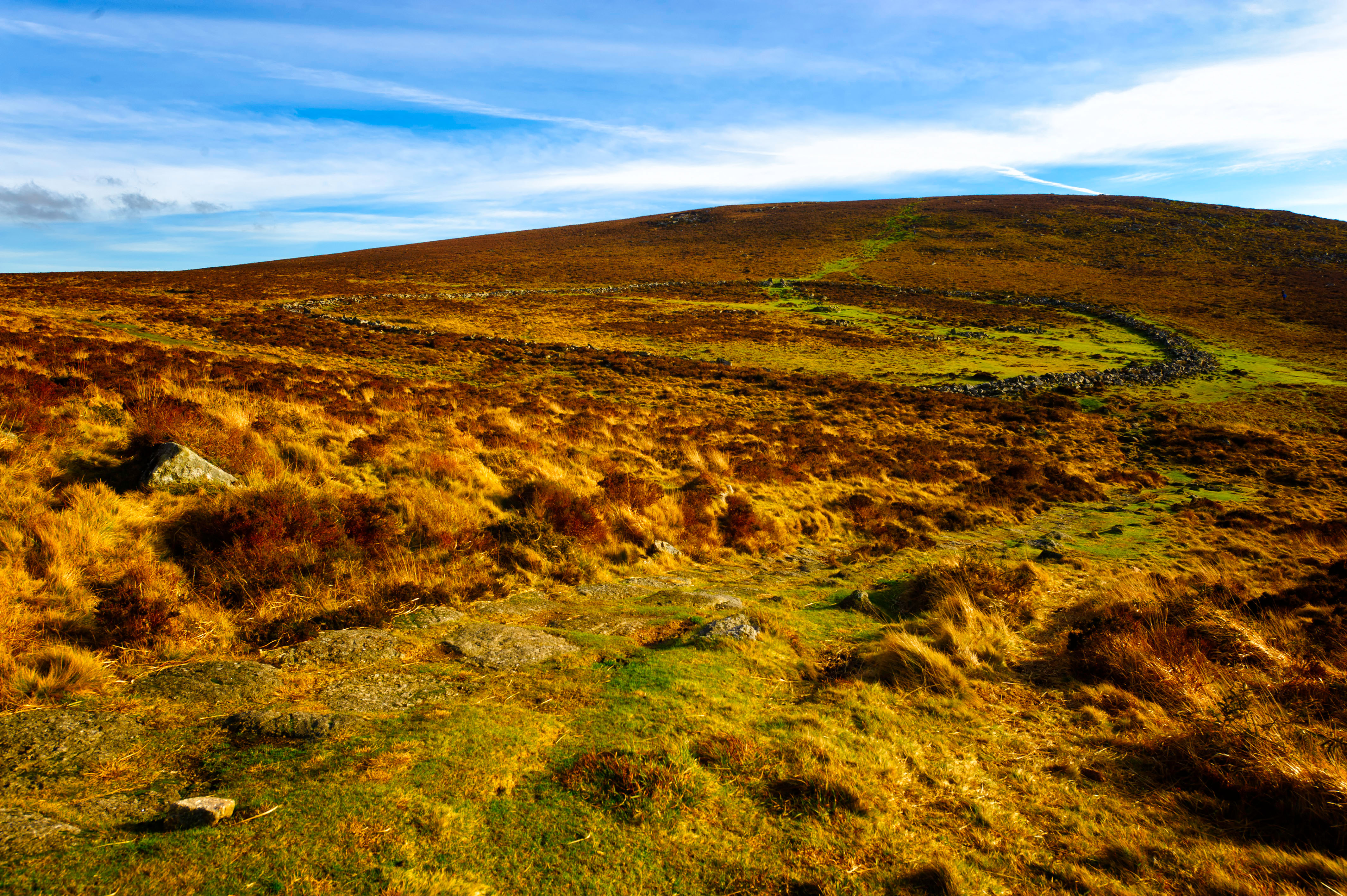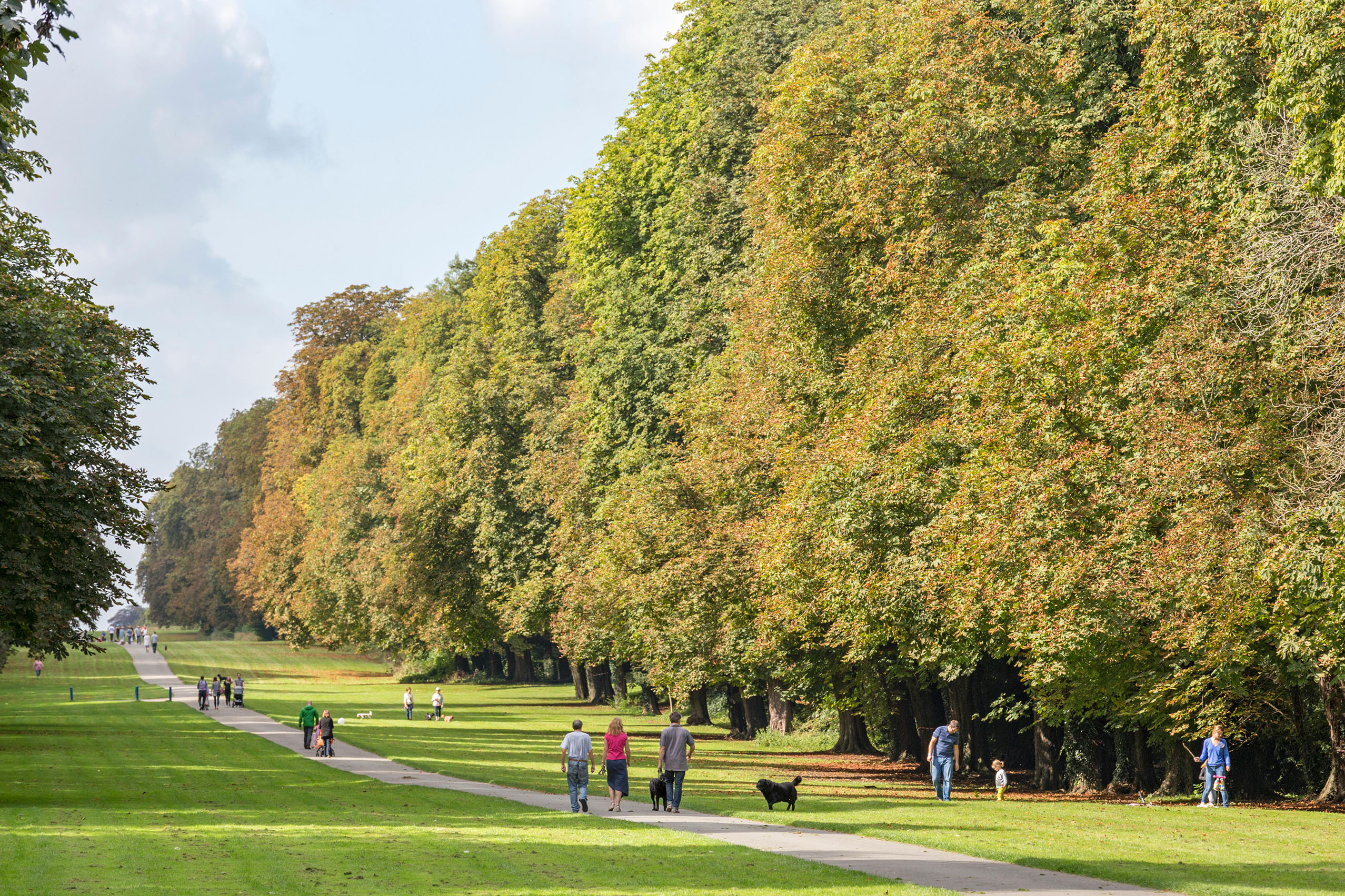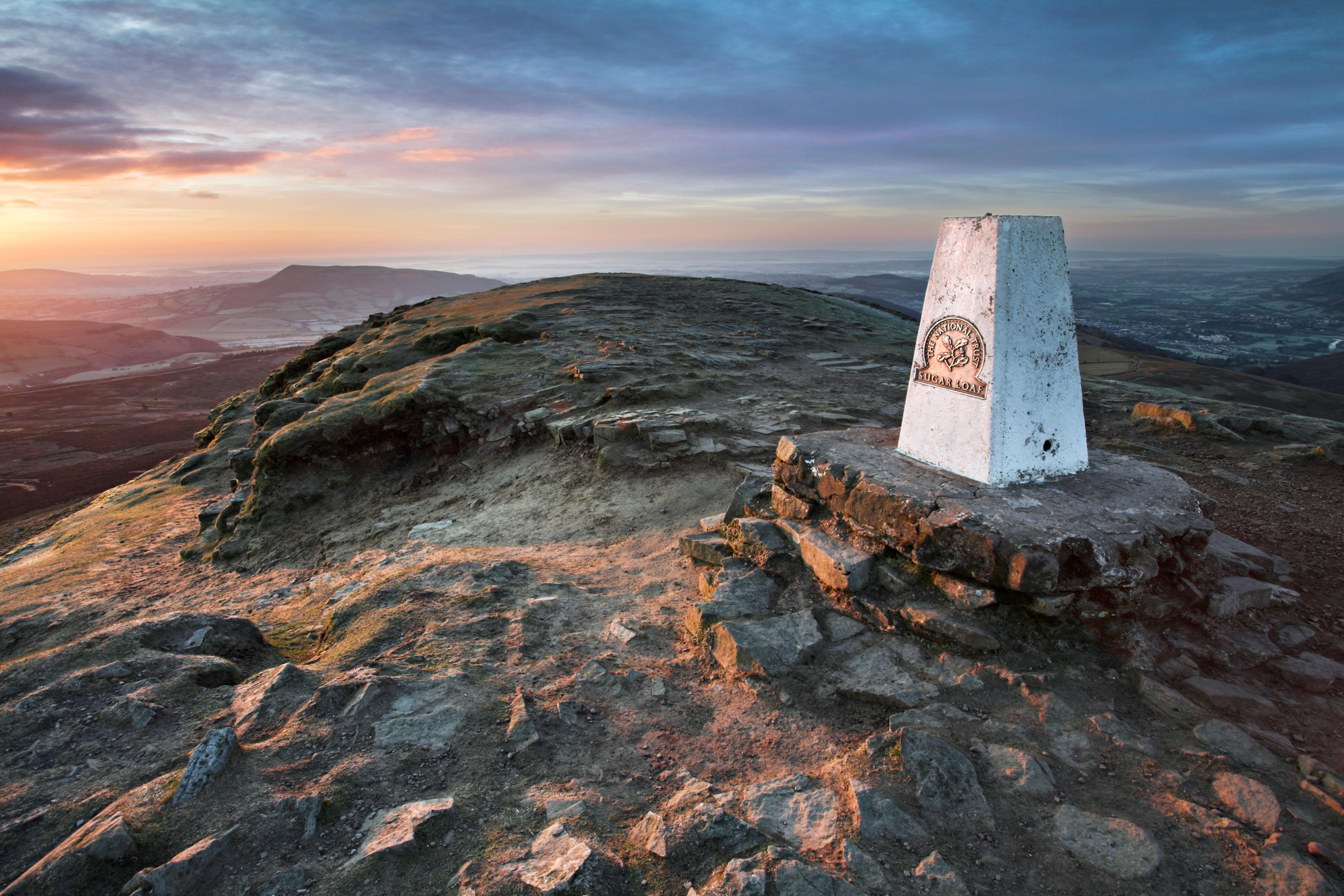Walking the Quantock Hills: 'The last sprigs of heather speak of Coleridge's never bloomless furze'
Colour never dies in the Quantock Hills, a landscape that inspired great poetry — and which catches Fiona Reynolds just the same.


'All golden with the never-bloomless furze… Oh! ’tis a quiet spirit-healing nook!’ wrote Samuel Taylor Coleridge of the Quantock Hills. He, his wife, Sara, and baby son, Hartley, lived in a cottage in Nether Stowey from 1797–99, and his best-known poetry was written there, some famously under the influence of opium, including Kubla Khan and The Rime of the Ancient Mariner.
Today, in the company of Country Life’s Deputy Editor, Kate Green, a local, and her terrier, Checkers, I’m walking these hills myself, certain that it was the place that inspired the poet, too.
We’re walking north along the spine, beginning at Crowcombe Park Gate, and will end at Bicknoller, where lunch beckons, but, for now, we’re enjoying the expansive views, gently rolling summits and deep, heavily wooded combes that also inspired William and Dorothy Wordsworth.
They joined the Coleridge family here, renting a much larger house at Alfoxden and collaborating to produce the extraordinary Lyrical Ballads.
It’s a misty day, but autumnal tinges and the last sprigs of pink-purple heather speak of what Coleridge meant by ‘never bloomless’; this is a landscape in which colour never dies, whose rich tapestry brings year-round, ever-changing palettes.
The ridge unfolds ahead of us: no spiky angles or sharp edges here — the Quantocks form a graceful line of gentle summits receding towards the sea, fringed by thick, ancient woodland.
From Hurley Beacon, above Crowcombe Park, the views open up spectacularly, to Wales, Exmoor and a landscape of rich, red-earthed farmland. Those to the north-east are dominated by the great bulk of Hinkley Point nuclear power station on the Bristol Channel coast, bringing back memories (for me) of a long public inquiry in 1988 when I coordinated CPRE’s case against the station’s extension, arguing that there were many cheaper and less-intrusive alternatives (there were).
Exquisite houses, the beauty of Nature, and how to get the most from your life, straight to your inbox.

Nearer at hand, and much more delightfully, our path crosses the heads of a series of heavily wooded combes to east and west, which shelter the red-deer herd and up which Coleridge, often accompanied by the Wordsworths, repeatedly walked, observing the detail of fern and forest. Our path would have been familiar to them, although more than 200 years ago the landscape would have been different: fewer trees on the tops, certainly fewer sheep (Highland and Devon cattle now also graze), more large wild mammals and far more people around, working and travelling on foot, frequently the subject of both poets’ writing.
We meet a few people: dog-walking friends of Kate’s and a small number of ramblers and families enjoying the quiet, early-autumn warmth.
Like Wordsworth, we aren’t too fussed about following the map: as he wrote in The Prelude: ‘Upon smooth Quantock’s airy ridge we roved/Unchecked, or loitered mid her sylvan combes.’ We marvel at how one of our smallest AONBs can feel so remote and expansive.
As we approach Bicknoller Post, an inviting track veers onwards to the trig point overlooking East Quantoxhead; from there, we descend to Staple Plain and down through the plantation to the bottom of Weacombe, on the western edge of the hills. After that, our walk under the hill to Bicknoller and its welcoming pub has a very different feel. Now we are amid trees and rhododendrons, at the base of the paths coming off the moor, enveloped in the quiet mystery of dense, verdant woodland. It’s not long before we reach the village and we’re done after about seven miles — all too soon.
My route homeward (by car) takes me through Nether Stowey, where Coleridge’s Cottage is now looked after by the National Trust, and I make a detour to find the sadly neglected Alfoxden House. I’m both provoked and inspired, aware of how much our best poetry owes to our landscapes.
Fiona Reynolds is the author of ‘The Fight for Beauty’

Walking on Dartmoor: 'Ponies, sheep and cattle have created an extraordinary upland landscape, but there’s now fear among the commoners'
The people who manage the evocative Dartmoor landscape are facing challenges, says Fiona Reynolds.

Cirencester Park, still full of 'the amiable simplicity of unadorned nature' 200 years after its creation
Fiona Reynolds strolls through Cirencester Park and beyond into the Gloucestershire countryside.

Climbing the Sugar Loaf, the irresistibly perfect mountain in a ‘wild and lovely’ setting
The Sugar Loaf in Wales’s Black Mountains is a satisfying little peak to conquer, as Fiona Reynolds explains.
Fiona Reynolds is chair of the Food, Farming and Countryside Commission, the former director-general of the National Trust, former Master of Emmanuel College, Cambridge, and the author of The Fight for Beauty. Follow her on Twitter @fionacreynolds.
